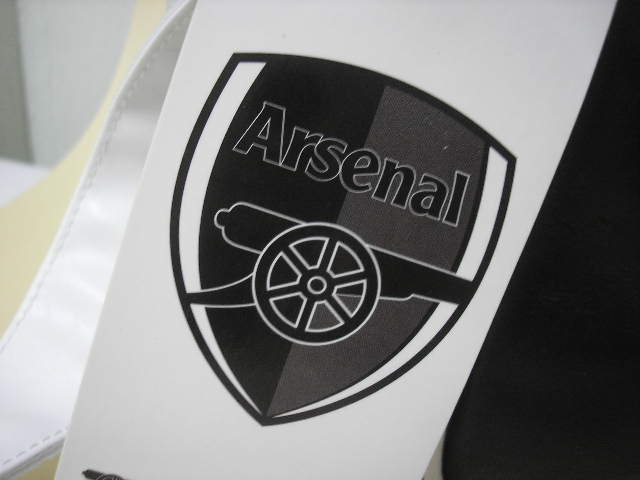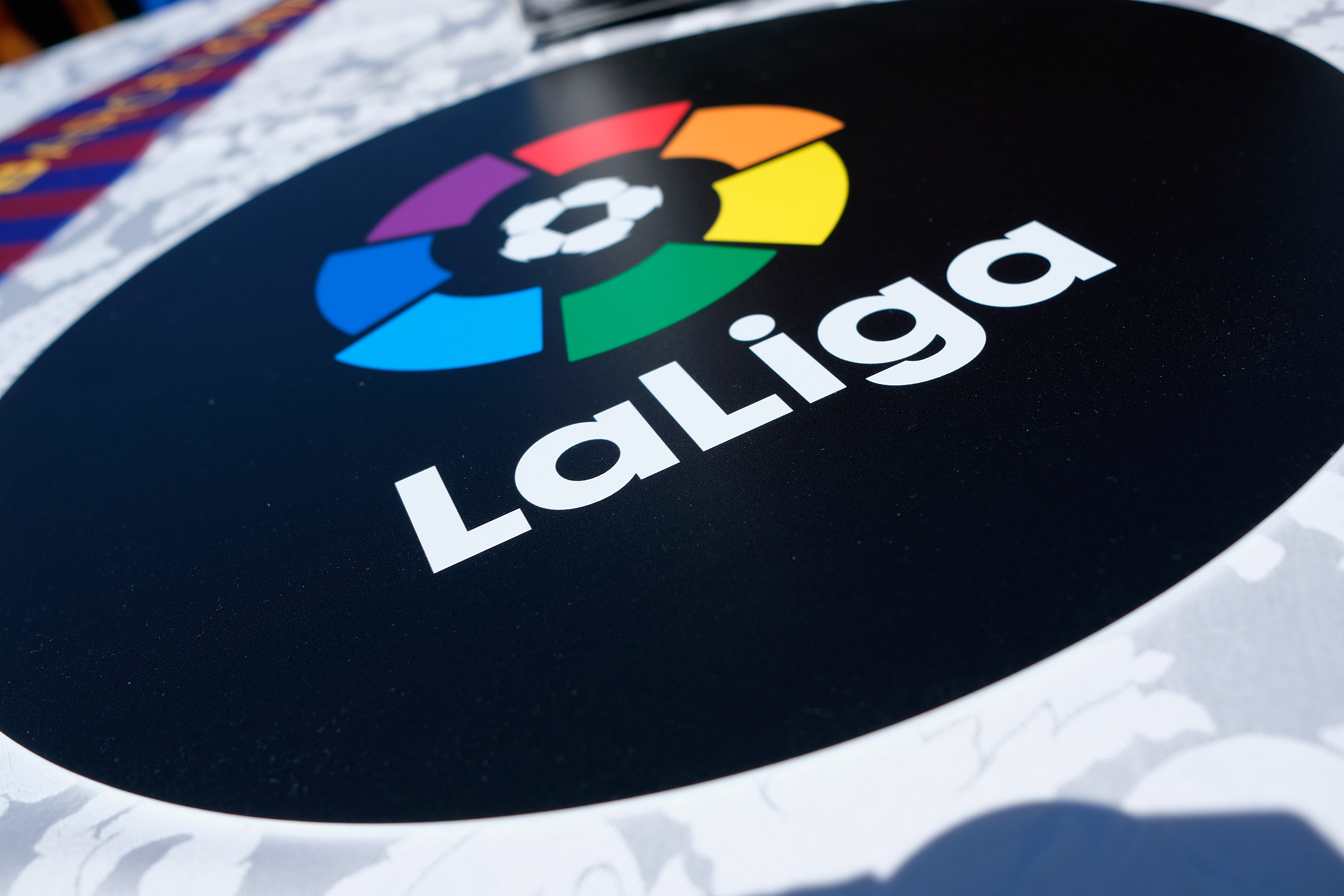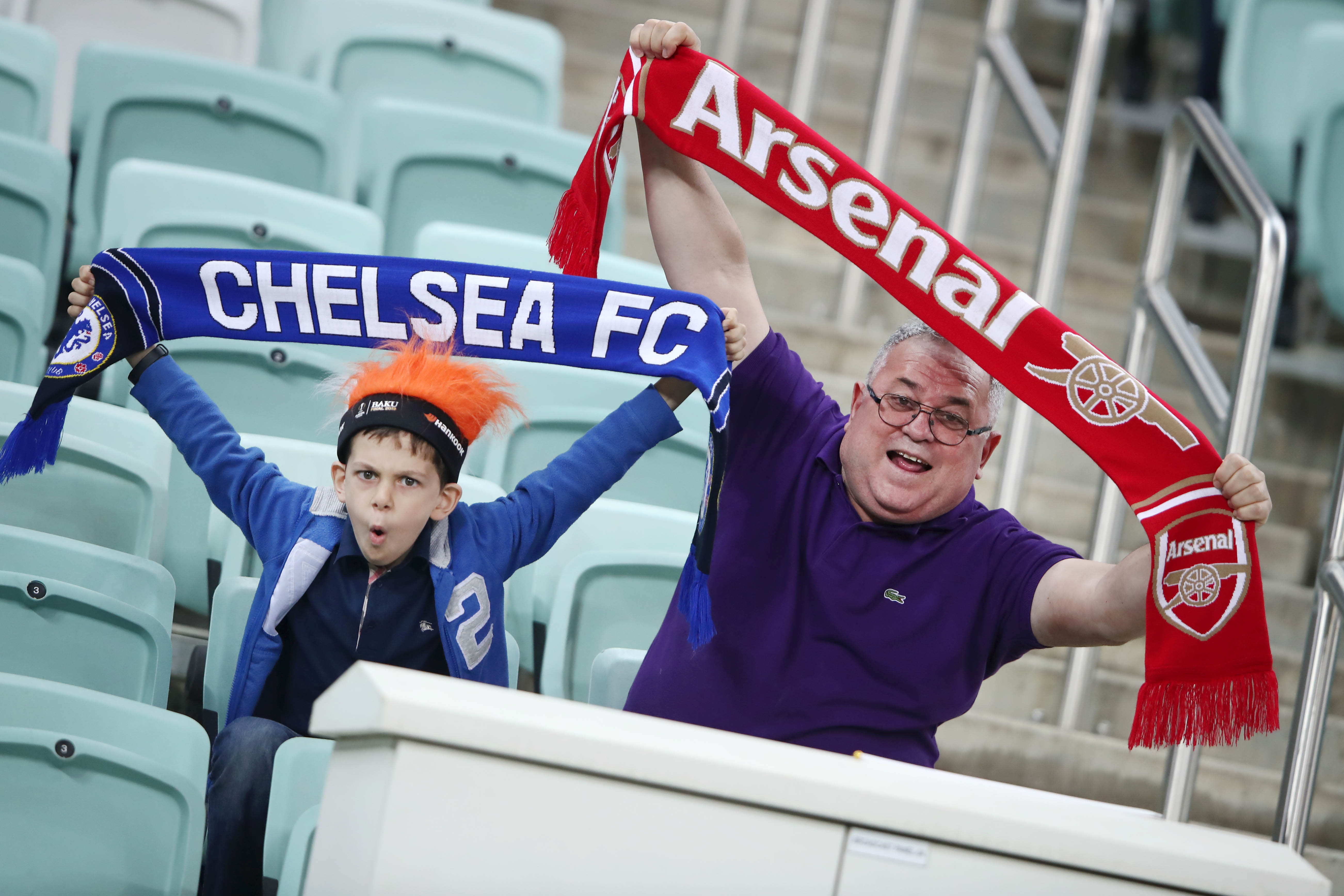In these days of modern football, the fluidity of the game has taken a beating due to the “tactical heads” of managers who preach “Don’t lose a game” rather than “Let’s win this game”. As the saying goes, for every “Total Football”, there is an equally adept “Catenaccio” in the offering. The Arsenal Team of the 2001-04 was famous for their absolutely fluid game-play that included fast counter-attacks, which the opponents failed to answer time and time again. That team was an immensely talented bunch of individuals capable of performing multiple roles with unrivaled competence. It reached such a level of efficacy that the team finished an entire season without conceding a single defeat at the hands of their opponents in the league. Emulating such a feat may not be feasible, but learning and ‘acquiring the good‘ from that team is the need of the hour for this Arsenal Team of present day.
Here are a few Case Studies of how lethal that team was, when it came to fluidity and counter-attacking:
Case Study – Arsenal vs Leeds, 1st November-2003. Goal scored in 13 secs.
As Lauren slipped the ball to Bergkamp, the Dutch Maestro saw the run of Freddie on the right wing, and fed the ball to him. When Ljungberg started his run, none of the Arsenal players were in the opposition half. Within seconds, as the Swede burst forward and cut inside, he had three for company, Thierry, Gilberto and Bobby. The Arsenal Number Seven gave the finishing touches, gathering a pass from his fellow winger. This particular move is an example of how Arsenal used to “break” in those days. Upon another counter-attack, the commentator had mentioned on that remarkable day –
“..and here comes the Arsenal Sprint-Relay squad again…they simply pour down the field in a counter-attack and score…”
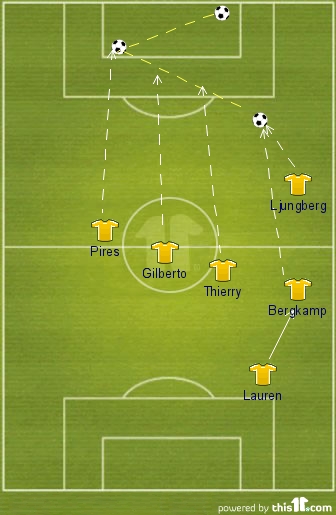
Case Study – Arsenal vs Middlesbrough, 22nd August – 2004. Goal scored in 13 secs.
One of the most astonishing day of football saw Arsenal go 1-3 down at home to the team from Riverside. An unbelievable comeback meant Arsenal would go on to win 5-3 on that day. As breath-taking as ever, the second goal came from a move that started with a pass from Lauren, a one-touch lay-down by Bergkamp, collected by the young Cesc Fabregas. The Spaniard went past three opponents before passing it to Thierry; the Frenchman in traditional fashion went past two defenders and assisted Robert Pires with the simplest of tap-ins to give Arsenal the equalizing goal. Another case of brilliant counter-attack leaving the opponent absolutely helpless! [ That #EPIC Match ]
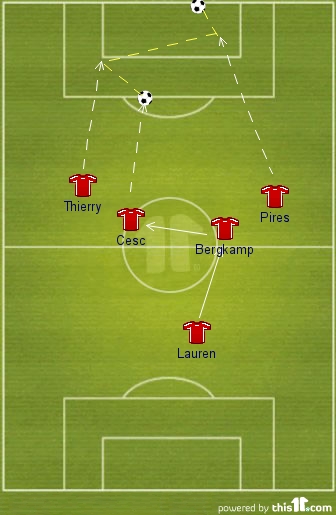
The Arsenal team under the leadership of Cesc has also provided us with some brilliant counter-attacks but those have been few and far between. Here are two of them, picked from the season gone-by.
Sample 1 – Arsenal vs Wolves, 12 Feb – 2011. Goal scored in 14 secs.
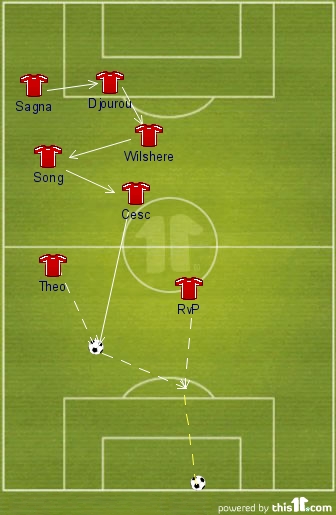
Sample 2 – Arsenal vs Barcelona, 16 Feb – 2011. Goal scored in 17 secs.
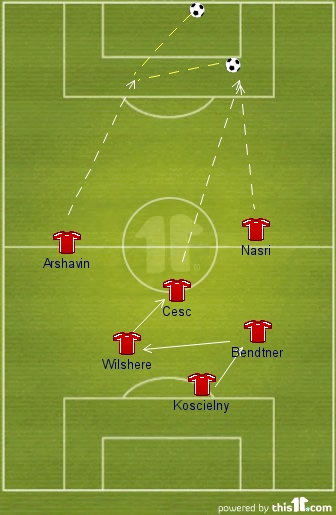
The above two needs to be repeated more often for Arsenal to come anywhere close to the mighty counter-attacking team of the “Invincible-Era”.
The 4-4-2 being more effective than the 4-3-3
“I think 4-4-2 is simply the most rational formation in most cases. In fact, it’s the essence of reason. With a 4-4-2, 60% of your players are occupying 60% of the pitch. No other formation is as efficient in covering space.”
– Arsene Wenger
It is quite incredible how a little change in formation can make a massive alteration in fortunes for a club. From a conformist’s point of view, Arsene’s game-play is most suited to a 4-4-2 formation – the counter-attacks and the defensive marking when inflicted with counter-attacks were both strategically ‘covered’ with this particular formation. The role of a support-striker, which Dennis served at Arsenal during the Thierry Era, is almost an elapsed concept in recent seasons, especially after Arsene moved to a flamboyant 4-3-3 formation or a 4-5-1 in European conditions.
The width of the field has greatly diminished in Arsenal’s game and with that the traditional center forwards, who thrive on crosses, have found themselves wanting in the recent scheme of things at the club. The “attacking” formation has also led to Arsene buying more center attacking midfielders and turning them into make-shift wingers and thereby making things more compact in the field, which also means “easier man-marking” for the opponents. Andrei Arshavin, Samir Nasri, Thomas Rosicky, Alex Hleb and the likes have all been employed at positions which ideally doesn’t suit their game-play though the diminutive Russian has almost adjusted to the system – his stats prove his efficiency, having delivered goals and assists at an alarming rate. One particular stat that makes it a “faulty” system, is the inability of these attacking midfielders, employed on the wings, to track-back and help their full-backs whenever necessary. Only after repeated mention from manager and fans, have they “understood” the importance of falling back to give the full-backs some much needed cover.
The “Dangerous” 4-4-2 was more unpredictable and “total” than the formation employed in recent times. That formation was almost “strikerless” with Thierry spending most of the time on the left wing and Dennis roaming around in close vicinity of the midfield. The wingers in Robert Pires and Freddie Ljungberg (even Sylvian Wiltord and Jose Reyes) played much deeper giving maximum cover to the full-backs back then. This made counter-attacks even more dangerous as the wingers were capable of bursting forward via the wings or even cutting inside to score, leaving the “Not Exactly Strikers” Thierry and Dennis for the job of assistance for goals.
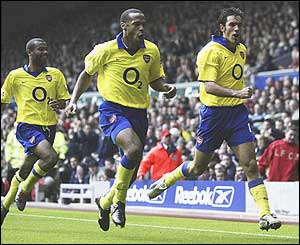
Another important aspect back then was the midfield pairing in the 4-4-2; quite incredibly it had players who were capable of doing multiple duties – going forward and scoring goals and even pushing back to guard the defenders. Off Late, there is limited linking up between Cesc, the “playmaker”, and the rest of the gang when the team is bursting forward to score goals. With the 4-2-3-1, an illegitimate brother of the 4-3-3 formation, Cesc often finds two deep-lying midfielders and two wingers who are “actually not wingers” to execute “moves” than can lead to goals. The options left to that “central midfielder” who has been given “extreme responsibilities” are quite limited especially against “smaller teams” who ideally have nine men inside their half, almost two men always waiting to pounce upon each of the three “creative heads” in the team.
The Importance of the Entire Team
Championships are won only by teams who perform and contribute in their entirety and make every position count. To galvanize the role of every player in the team, the player should be given more than one responsibility, a winger needs to fall back, a central midfielder needs to shield his defense, a striker needs to use his height and heading abilities during set-pieces and defenders need to contribute with long diagonal balls to forwards whenever the midfielders are heavily man-marked. The above can be well explained in the quotes of the great Arrigo Sachhi –
“Holland in the 1970s really took my breath away. The television was too small: I felt like I needed to see the whole pitch to fully understand it. All of our players always had four reference points: the ball, the space, the opponent and his team-mates.”
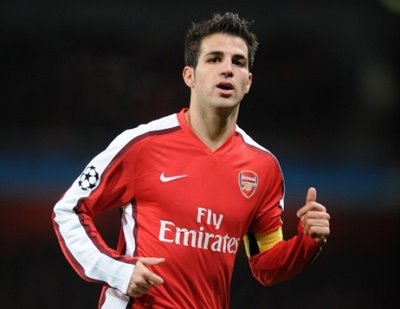
The importance of all players contributing to a team’s success is a point that Arsene needs to drill into his team-mates. The staggering statistics of Cesc, easily making him the best midfielder in England in the last five seasons, clearly shows his team-mates have been at most average. Though the ‘Invincibles’ had their talisman in Thierry, the rest of the team complimented the Frenchman’s effort quite well with “extended contributions” of their own. This particular fact can be proved with the six Arsenal players being present in the PFA Team of the Year 03-04′ – Thierry, Vieira, Pires, Cole, Lauren and Sol Campbell.
We will leave you with some of the most scintillating display of Arsenal’s Counter-Attacking football in the Arsene Era!
[ This Article is a Tribute to Dennis Bergkamp, who played a major part in this era’s Counter-Attacking Football – He was signed by Arsenal 16 years back on this day, from Inter Milan]
